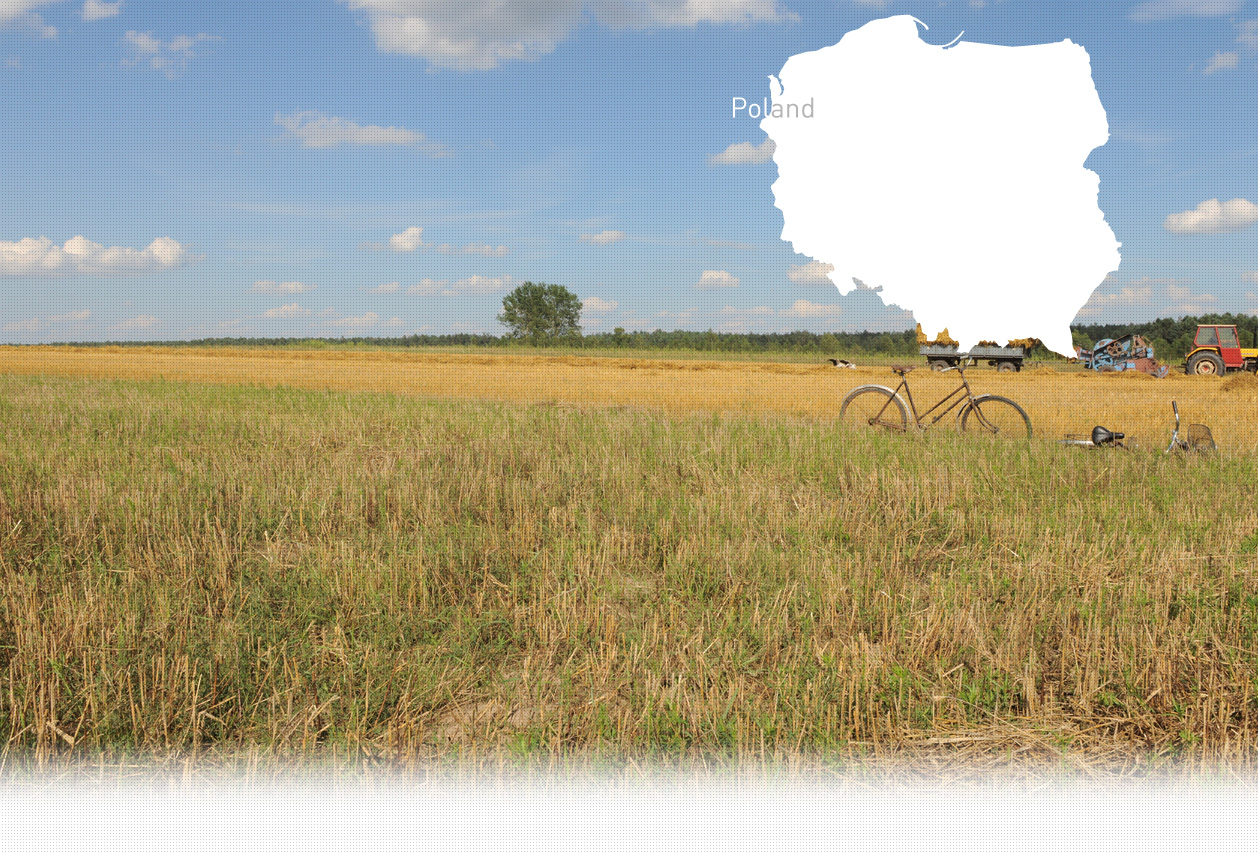

1 Killing site(s)
Jozef Z., born in1931, recalls: “The Jews were farmers, but they also did other things. As far as I remember... How can I explain you? For example, the Jews were selling pine tree peel. The peel was gathered in spring, they were big rolls of several meters. The Jews were buying and reselling the peel used for leather tanning. Imagine, that one needed black leather to make shoes or clothing. So, the Jews had to provide the leather to the factory in question. The villagers were selling one meter piece of peel to the Jews and the Jews sold it to the tannery. After, the leather was processed and used for making soles, clothes or jackets. That what the Jews did. They lived off trade. They sold plates, pans, glasses. There was one Jew who arrived by cart in the village and was screaming loudly to announce about his arrival. At this moment, everyone went out of their homes, the youngest and the oldest, boys and girls. This Jew had many different things in his cart: the pins, the pans, etc. which he bartered against other things. When someone had clothing which he didn’t need anymore, he could barter it for something else, like a saucepan, spoons or plates.” (Testimony n°375, interviewed in Stefkowa Dolna, on June 28, 2014)
Krościenko is a village located in the Subcarpathian region, in the administrative region of Ustrzyki Dolne. It lies 45 kilometers south of Przemysl and 100 kilometers east south from the capital of the region – Rzeszow. The village of Krościenko was composed of multiple nationalities, including Ukrainians who were the biggest group, Jews and Poles. In 1785, there were 10 Jews in Krościenko whereas at the beginning of the war in 1939 there were around 300 Jews in the village. Jews were mostly craftsmen and traders. There was a synagogue in the village and the Jews were buried on a Jewish cemetery in a nearby village Chyrow.
The Germans occupied the village in September 1939. Somewhere in 1940 a ghetto was established in Krościenko, but also in a nearby town of Ustrzyki Dolne. Jews from Stebnyk, a nearby village, were taken away to the ghetto in Krościenko during the night. Many executions of the Jews took place. The biggest one occurred in December 1942 when about 200 Jews were murdered by the river located 200 meters away from the ghetto. Jews had to dig the pit by themselves. The executions were conducted by Germans who were accompanied by Ukrainians wearing German uniforms. According to the testimonies gathered by Yahad all the bodies were burned afterwards.
Do you have additional information regarding a village that you would like to share with Yahad ?
Please contact us at contact@yahadinunum.org
or by calling Yahad – In Unum at +33 (0) 1 53 20 13 17